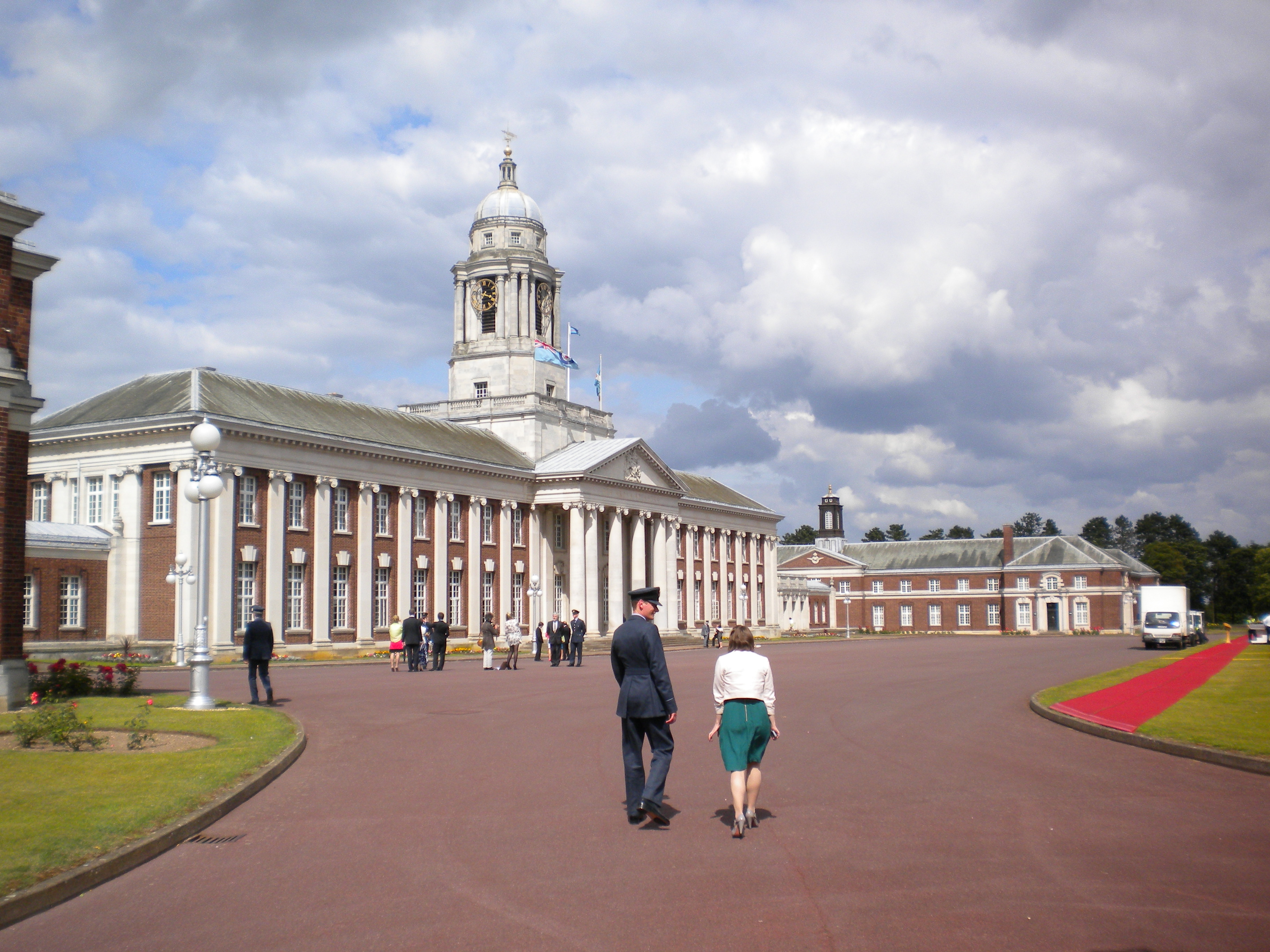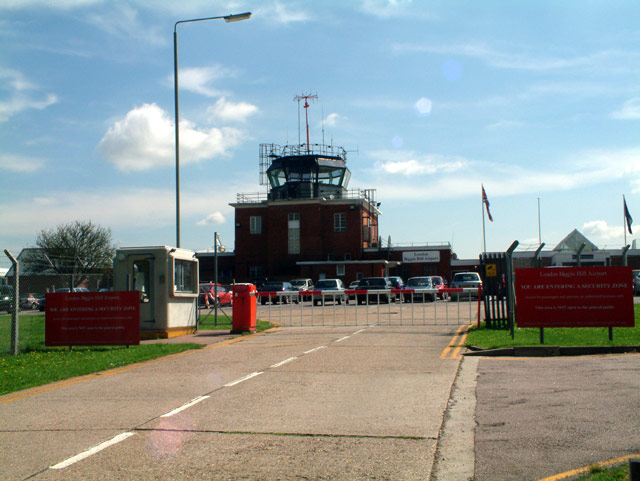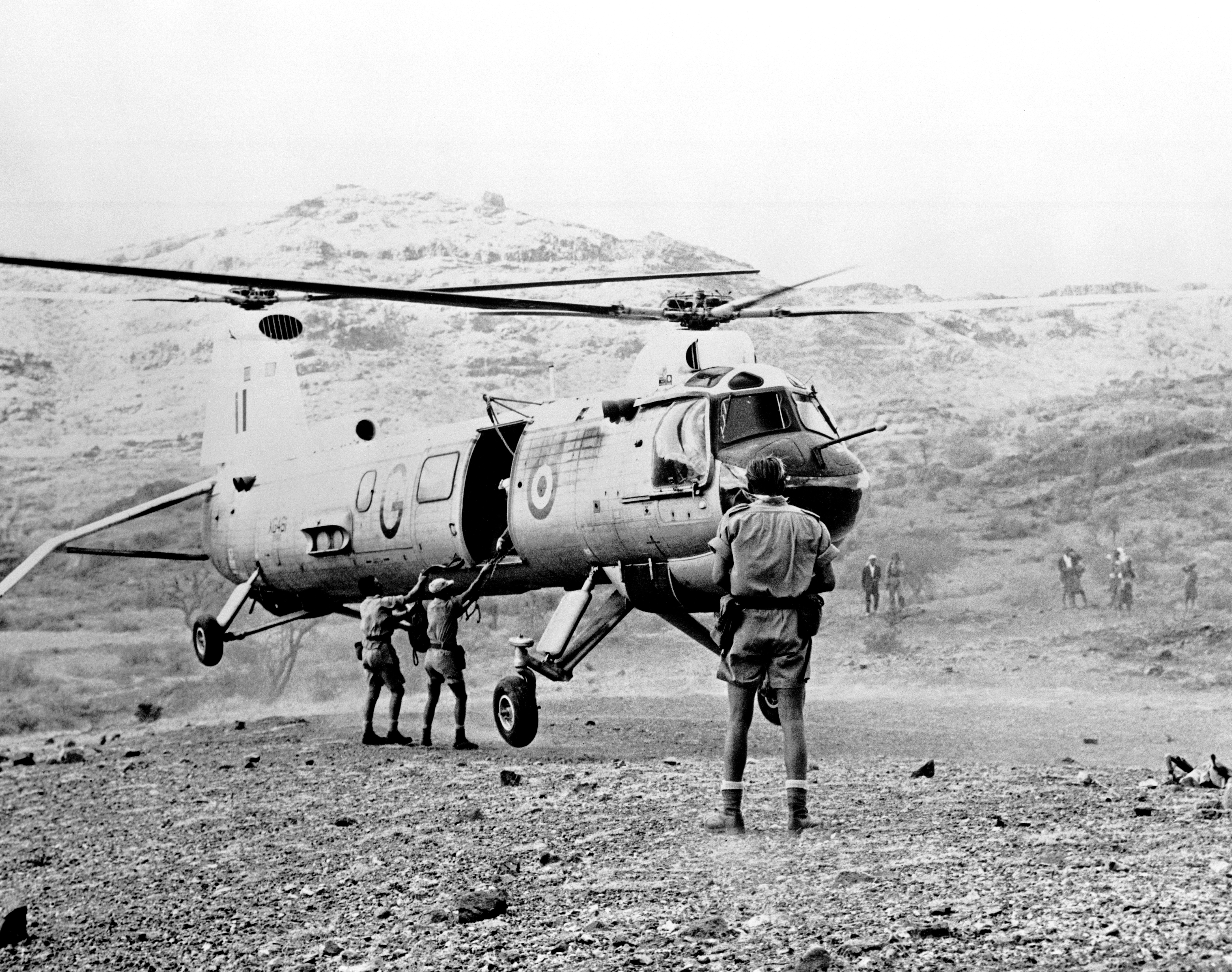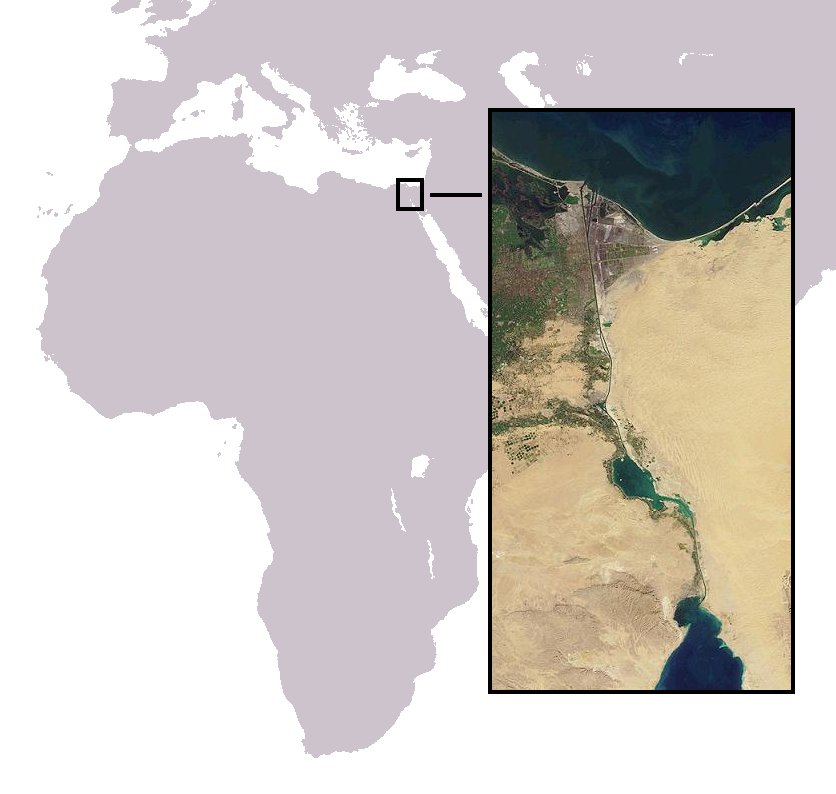|
RAF Luqa
Royal Air Force Luqa was a Royal Air Force station located on the island of Malta, now developed into the Malta International Airport. It hosted aircraft of Air Headquarters Malta (AHQ Malta) during the Second World War. Particularly during the Siege of Malta from 1941 to 1943, RAF Luqa was a very important base for British Commonwealth forces fighting against Italy and Germany for naval control of the Mediterranean and for ground control of North Africa. Air combat over and near Malta was some of the most ferocious of the war, and a series of airfields were built on the small, rocky island: at Luqa, Ta' Qali, and Hal Far, plus satellite fields at Safi, Qrendi and on Malta's second island of Gozo. History Second World War No. 1435 (Night Fighter) Flight was first formed at Malta as a night fighter unit on 4 December 1941, by re-designating the Malta Night Fighter Unit. In July 1942, personnel from No. 603 Squadron were equipped with the Spitfire V to form the unit. ... [...More Info...] [...Related Items...] OR: [Wikipedia] [Google] [Baidu] |
Royal Air Force Station
The Royal Air Force (RAF) operates several stations throughout the United Kingdom and overseas. This includes front-line and training air bases, support, administrative and training stations with no flying activity, unmanned airfields used for training, intelligence gathering stations and an early warning radar network. The list also includes RAF stations operated by the United States Visiting Forces, former RAF stations now operated by defence contractor QinetiQ on behalf the Ministry of Defence (MOD) and air weapons ranges operated by the MOD. Overseas, the RAF operates airfields at four Permanent Joint Operating Bases (PJOBs) which are located in British Overseas Territories. RAF stations and MOD airfields in the UK Royal Air Force RAF front-line operations are centred on seven main operating bases (MOBs): * RAF Coningsby, RAF Marham and RAF Lossiemouth (Air Combat) * RAF Waddington ( Combat Intelligence, Surveillance Target Acquisition and Reconnaissance) ... [...More Info...] [...Related Items...] OR: [Wikipedia] [Google] [Baidu] |
RAF Maintenance Base Safi
Royal Air Force Safi was a Royal Air Force maintenance base located on the island of Malta, which started life in 1941 as a diversion airstrip for the main operating bases such as nearby RAF Luqa. Other diversion airstrips similar in function to Safi were located at RAF Krendi and on Malta's second island of Gozo. History Second World War RAF Safi was constructed at a time when Malta was under intense aerial bombardment and Malta's Air Command needed to have alternative diversion airstrips on Malta, as the RAF's main operating bases were being bombed. Construction started in 1941 and the strips were ready for use in 1942. The base was officially inaugurated by AOC Malta Sir Keith Park in May 1943, but had been completed by 1942; it would remain operational throughout the War in the Mediterranean. Post war After the war, Saifi was reduced in function, becoming a maintenance base. In April 1957 the then Maltese Prime Minister Mr Dom Mintoff requested that the UK Government co ... [...More Info...] [...Related Items...] OR: [Wikipedia] [Google] [Baidu] |
List Of Air Stations Of The Royal Navy
This is a list of naval air stations of the Royal Navy. Naval air stations are land bases of the Fleet Air Arm, the branch of the Royal Navy responsible for the operation of naval aircraft. Current naval air stations Currently RNAS means "Royal Naval Air Station" and, in common with the Royal Air Force, is always followed by a geographical place in which the air station is located. Historically, RNAS referred to the Royal Naval Air Service, the aviation branch of the Royal Navy which merged in 1918 with the Royal Flying Corps of the British Army to form the independent Royal Air Force. Between 1918 and 1939, the Royal Air Force had provided the Fleet Air Arm to the Royal Navy, and Royal Naval Air Stations were consequently operated by Royal Air force personnel. In 1939, operation of the Fleet Air Arm was transferred to the Royal Navy, with Royal Air Force personnel replaced by Royal Naval personnel, or transferring to the Royal Navy. As the Coastal Command remained part of ... [...More Info...] [...Related Items...] OR: [Wikipedia] [Google] [Baidu] |
List Of Former Royal Air Force Stations
This list of former RAF stations includes most of the stations, airfields and administrative headquarters previously used by the Royal Air Force. The stations are listed under any former county or country name which was appropriate for the duration of operation. It has been stated that RAF stations took their name from the civil parish in which the station headquarters was located, rather than the nearest railway station (e.g., Binbrook has never had a railway station), but there are many exceptions. __TOC__ British Isles Chain Home, Chain Home Low, Chain Home Extra Low, ROTOR and tropo-scatter stations Notes: Some of the Chain Home Low sites were co-located with the larger Chain Home radars. Chain Home Extra Low equipment was co-located with "Chain Home" and "Chain Home Low" as well as at separate sites, but were of a less permanent nature, usually with mobile equipment. ROTOR was the post war Radar interception system created from existing radar installations. ... [...More Info...] [...Related Items...] OR: [Wikipedia] [Google] [Baidu] |
Luqa Airfield Malta Aerial Photo 1941
Luqa ( mt, Ħal Luqa, , ) is a town located in the Southern Region of Malta, 4.3 km away from the capital Valletta. With a population of 5,945 as of March 2014, it is a small but densely populated settlement which is typical of Malta's older towns and villages. Luqa is centered around a main square which contains a church dedicated to St. Andrew. The patron saint's traditional feast is celebrated on the first Sunday of July, with the liturgical feast being celebrated on 30 November. The Malta International Airport is located in Luqa. Notable residents of the town included Michelangelo Sapiano (1826–1912), a well-known clockmaker and inventor whose work includes the clock in the parish church's belfry. The house where he lived is located on Pawlu Magri Street. History In 1592 the village of Luqa was hit by a plague epidemic, which hit all the population of Malta and caused many deaths. A sign of this sad episode is the cemetery found in Carmel Street, Alley 4 where ... [...More Info...] [...Related Items...] OR: [Wikipedia] [Google] [Baidu] |
BAe Nimrod
The Hawker Siddeley Nimrod is a retired maritime patrol aircraft developed and operated by the United Kingdom. It was an extensive modification of the de Havilland Comet, the world's first operational jet airliner. It was originally designed by de Havilland's successor firm, Hawker Siddeley; further development and maintenance work was undertaken by Hawker Siddeley's own successor companies, British Aerospace and, later, BAE Systems. Designed in response to a requirement issued by the Royal Air Force (RAF) to replace its fleet of ageing Avro Shackletons, the ''Nimrod MR1''/''MR2''s were primarily fixed-wing aerial platforms for anti-submarine warfare (ASW) operations; secondary roles included maritime surveillance and anti-surface warfare. It served from the early 1970s until March 2010.Cook, James"Final air miles for 'spy in the sky' crews."''BBC,'' 26 March 2010. Retrieved 20 October 2010. The intended replacement was to be extensively rebuilt Nimrod MR2s, designated Nimrod ... [...More Info...] [...Related Items...] OR: [Wikipedia] [Google] [Baidu] |
RAF Strike Command
The Royal Air Force's Strike Command was the military formation which controlled the majority of the United Kingdom's bomber and fighter aircraft from 1968 until 2007 when it merged with Personnel and Training Command to form the single Air Command. It latterly consisted of two formations – No. 1 Group RAF and No. 2 Group RAF. The last Commander-in-Chief was Air Chief Marshal Sir Joe French. History Strike Command was formed on 30 April 1968 by the merger of Bomber Command and Fighter Command,RAF Timeline 1960–1968 RAF which became No. 1 Group and No. 11 Group respectively. [...More Info...] [...Related Items...] OR: [Wikipedia] [Google] [Baidu] |
English Electric Canberra
The English Electric Canberra is a British first-generation, jet-powered medium bomber. It was developed by English Electric during the mid- to late 1940s in response to a 1944 Air Ministry requirement for a successor to the wartime de Havilland Mosquito fast bomber. Among the performance requirements for the type was an outstanding high-altitude bombing capability and high speed. These were partly accomplished by making use of newly developed jet-propulsion technology. When the Canberra was introduced to service with the Royal Air Force (RAF), the type's first operator, in May 1951, it became the service's first jet-powered bomber. In February 1951, a Canberra set another world record when it became the first jet aircraft to make a nonstop transatlantic flight. Throughout most of the 1950s, the Canberra could fly at a higher altitude than any other aircraft in the world, and in 1957, a Canberra established a world altitude record of . Due to its ability to evade the early ... [...More Info...] [...Related Items...] OR: [Wikipedia] [Google] [Baidu] |
Avro Shackleton
The Avro Shackleton is a British long-range maritime patrol aircraft (MPA) which was used by the Royal Air Force (RAF) and the South African Air Force (SAAF). It was developed by Avro from the Avro Lincoln bomber, which itself had been a development of the famous wartime Avro Lancaster bomber. The Shackleton was developed during the late 1940s as part of Britain's military response to the rapid expansion of the Soviet Navy, in particular its submarine force. Produced as the primary type equipping RAF Coastal Command, the ''Type 696'', as it was initially designated, incorporated major elements of the Lincoln, as well as the Avro Tudor passenger aircraft, and was furnished with extensive electronics suites in order to perform the anti-submarine warfare (ASW) mission along with a much-improved crew environment to accommodate the long mission times involved in patrol work. Being known for a short time as the ''Lincoln ASR.3'', it was decided that the Type 696 would be named ''Sha ... [...More Info...] [...Related Items...] OR: [Wikipedia] [Google] [Baidu] |
RAF Khormaksar
Royal Air Force Khormaksar or more simply RAF Khormaksar was a Royal Air Force (RAF) station in Aden, Yemen. Its motto was "Into the Remote Places". During the 1960s, it was the base for nine squadrons and became the RAF's busiest-ever station as well as the biggest staging post for the RAF between the United Kingdom and Singapore. It later became Aden International Airport. History Established in 1917, RAF Khormaksar was enlarged in 1945 as the British spread their influence deeper into the Arabian Peninsula. No. 8 Squadron RAF arrived in 1927, and stayed until 1945, operating the Fairey IIIF, Vickers Vincent, Hawker Demon, Martin Maryland, Fairey Swordfish, and the Lockheed Hudson. On 10 June 1940, Italy declared war on Britain and France, and Aden quickly became an important British base for the East African Campaign. Khormaksar launched its first combat sorties three days later, when 8 Squadron sent nine Bristol Blenheims to bomb an airfield at Assab in Italian Eri ... [...More Info...] [...Related Items...] OR: [Wikipedia] [Google] [Baidu] |
Airport
An airport is an aerodrome with extended facilities, mostly for commercial air transport. Airports usually consists of a landing area, which comprises an aerially accessible open space including at least one operationally active surface such as a runway for a plane to take off and to land or a helipad, and often includes adjacent utility buildings such as control towers, hangars and terminals, to maintain and monitor aircraft. Larger airports may have airport aprons, taxiway bridges, air traffic control centres, passenger facilities such as restaurants and lounges, and emergency services. In some countries, the US in particular, airports also typically have one or more fixed-base operators, serving general aviation. Operating airports is extremely complicated, with a complex system of aircraft support services, passenger services, and aircraft control services contained within the operation. Thus airports can be major employers, as well as important hubs for tou ... [...More Info...] [...Related Items...] OR: [Wikipedia] [Google] [Baidu] |
Suez Crisis
The Suez Crisis, or the Second Arab–Israeli war, also called the Tripartite Aggression ( ar, العدوان الثلاثي, Al-ʿUdwān aṯ-Ṯulāṯiyy) in the Arab world and the Sinai War in Israel,Also known as the Suez War or 1956 War; other names include the ''Sinai war'', ''Suez–Sinai war'', ''1956 Arab–Israeli war'', the Second Arab–Israeli war, ''Suez Campaign'', ''Sinai Campaign'', ''Kadesh Operation'' and ''Operation Musketeer'' was an invasion of Egypt in late 1956 by Israel, followed by the United Kingdom and France. The aims were to regain control of the Suez Canal for the Western powers and to remove Egyptian president Gamal Abdel Nasser, who had just swiftly nationalised the foreign-owned Suez Canal Company, which administered the canal. Israel's primary objective was to re-open the blocked Straits of Tiran. After the fighting had started, political pressure from the United States, the Soviet Union and the United Nations led to a withdrawal by the ... [...More Info...] [...Related Items...] OR: [Wikipedia] [Google] [Baidu] |





%2C_UK_-_Air_Force_AN1047063.jpg)





